Science
Galaxy Growth Examined Like Rings of a Tree

New evidence from NASA's Wide-field Infrared Survey Explorer (WISE) and Galaxy Evolution Explorer (GALEX) missions provide support for the "inside-out" theory of galaxy evolution, which holds that star formation starts at the core of the galaxy and spreads outward.
- Read more
- 367 reads
Columbia Engineers Develop New Device Architecture for 2D Materials, Making Electrical Contact from the 1D Edge: New Approach Produces Cleanest Graphene Yet, with Previously Unrealized Performance
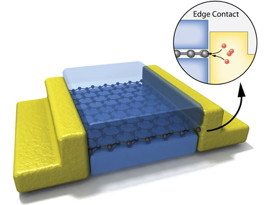
- Read more
- 398 reads
Significant Improvement in Weld Mechanical Properties Using Nanoparticles
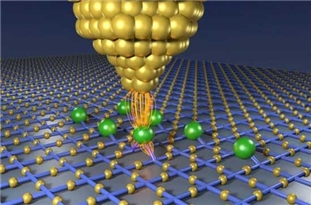
- Read more
- 310 reads
NASA's Curiosity Mars Rover Approaches 'Cooperstown'

The low ridge that appears as a dark band below the horizon in the center of this scene is a Martian outcrop called "Cooperstown," a possible site for contact inspection with tools on the robotic arm of NASA's Mars rover Curiosity. The ridge extends roughly 100 feet (about 30 meters) from left to right, and it is about 260 feet (about 80 meters) away from the location from which Curiosity captured this view.
- Read more
- 347 reads
'Molecular Velcro' may lead to cost-effective alternatives to natural antibodies: Berkeley Lab researchers take cues from nature in designing a programmable nanomaterial for biosensing
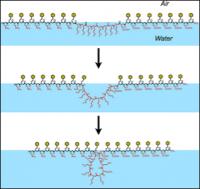
Long organic molecules called peptoids self-assemble into a molecular film on the surface of a water solution. As this film gets folded into a nanosheet, segments of the peptoid get pushed out into loops, which eventually decorate the surface of the nanosheet.
- Read more
- 330 reads
Incurable brain cancer gene is silenced: Gene regulation technology increases survival rates in mice with glioblastoma
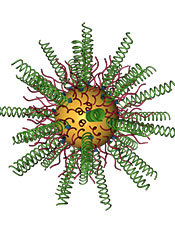
Researchers combined gold nanoparticles (in yellow) with small interfering RNAs (in green) to knock down an oncogene that is overexpressed in glioblastoma.
- Read more
- 438 reads
Cassini Swings Above Saturn to Compose a Portrait

A swing high above Saturn by NASA's Cassini spacecraft revealed this stately view of the golden-hued planet and its main rings. The view is in natural color, as human eyes would have seen it.
- Read more
- 268 reads
A Ghostly Trio from NASA's Spitzer Space Telescope
- Read more
- 472 reads
Quantum reality more complex than previously thought

Even an individual photon can travel along both arms of the interferometer at the same time. When it is unknown which path it is travelling along, we observe interference and the appearance of interference fringes. A strong signal is visible where the crests of light waves meet, and a weak signal is obtained at the meeting point of the troughs. If it is possible to determine which arm the photon travelled along, following leakage of information from the interferometer, the fringes disappear.
- Read more
- 406 reads
Super-thin membranes clear the way for chip-sized pumps
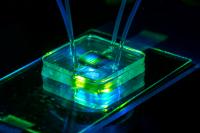
A microfluidic bioreactors consists of two chambers separated by a nanoporous silicon membrane. It allows for flow-based assays using minimal amounts of reagent. The ultra-thin silicon membrane provides an excellent mimic of biological barrier properties. NOTE: This image combines two exposures in order to capture the brighter and darker parts of the scene, which exceed the dynamic range of the camera sensor. The resulting composite is truer to what the eye actually sees.
- Read more
- 375 reads
Human Rights
Fostering a More Humane World: The 28th Eurasian Economic Summi

Conscience, Hope, and Action: Keys to Global Peace and Sustainability

Ringing FOWPAL’s Peace Bell for the World:Nobel Peace Prize Laureates’ Visions and Actions

Protecting the World’s Cultural Diversity for a Sustainable Future

Puppet Show I International Friendship Day 2020


